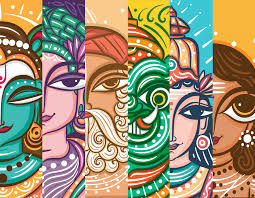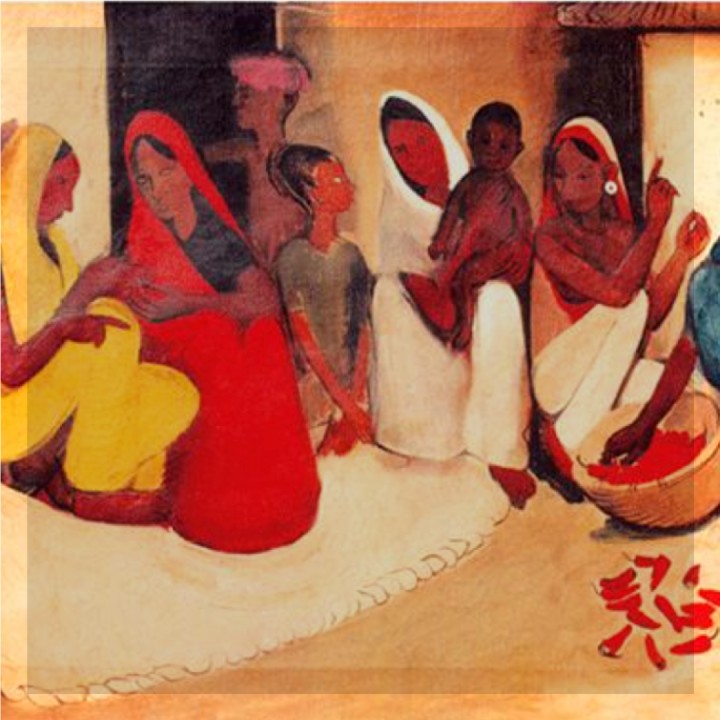
Menu

In today’s Bangladesh, a bold wave of contemporary artists is using canvas, camera, and installation to question, challenge, and reshape society. These voices—many of them women—are part of a rising art movement that explores themes of gender, inequality, migration, identity, and environmental crisis. Through their work, they are pushing the boundaries of what art can say and where it can exist.
Gone are the days when art was confined to beauty alone. Contemporary Bangladeshi art is now a platform for protest, storytelling, and healing. Feminist artists, in particular, are at the forefront—expressing lived experiences, reclaiming narratives, and highlighting invisible struggles. Their works are often deeply personal yet profoundly political, using the body, memory, and domestic symbols to speak out against societal norms.
One can find powerful expressions in mixed media, installations, performance, and digital art. Artists are not afraid to tackle issues like domestic violence, gender roles, sexual identity, and the oppression of women. They use art as a tool of resistance—subtle yet striking, poetic yet provocative. These works appear in both galleries and public spaces, making art more accessible and more confrontational than ever before.
Equally impactful are artworks addressing Bangladesh’s complex socio-political realities. Themes like urbanization, climate change, poverty, and displacement are explored with empathy and urgency. Artists speak for the marginalized, question authority, and document the silent pains of a transforming society. This new generation is not content with silence—they want to disrupt, engage, and inspire.
Art festivals like Chobi Mela, Dhaka Art Summit, and local exhibitions are giving these voices a global platform. Here, Bangladesh’s contemporary artists are not only being seen—they are being celebrated. They are bringing South Asian feminism and activism into the international art conversation with strength and originality.
This movement is about more than aesthetics. It’s about truth-telling, justice, and self-expression. It is about turning trauma into texture and resistance into rhythm. In Bangladesh, contemporary socio-political and feminist art is not just reacting to the world—it is helping to remake it. With every bold brushstroke and unflinching frame, these artists are not only reflecting reality but reshaping it.

@THE INDIAN ART COTTAGE
© The Indian Art Cottage | All Rights Reserved | 2025